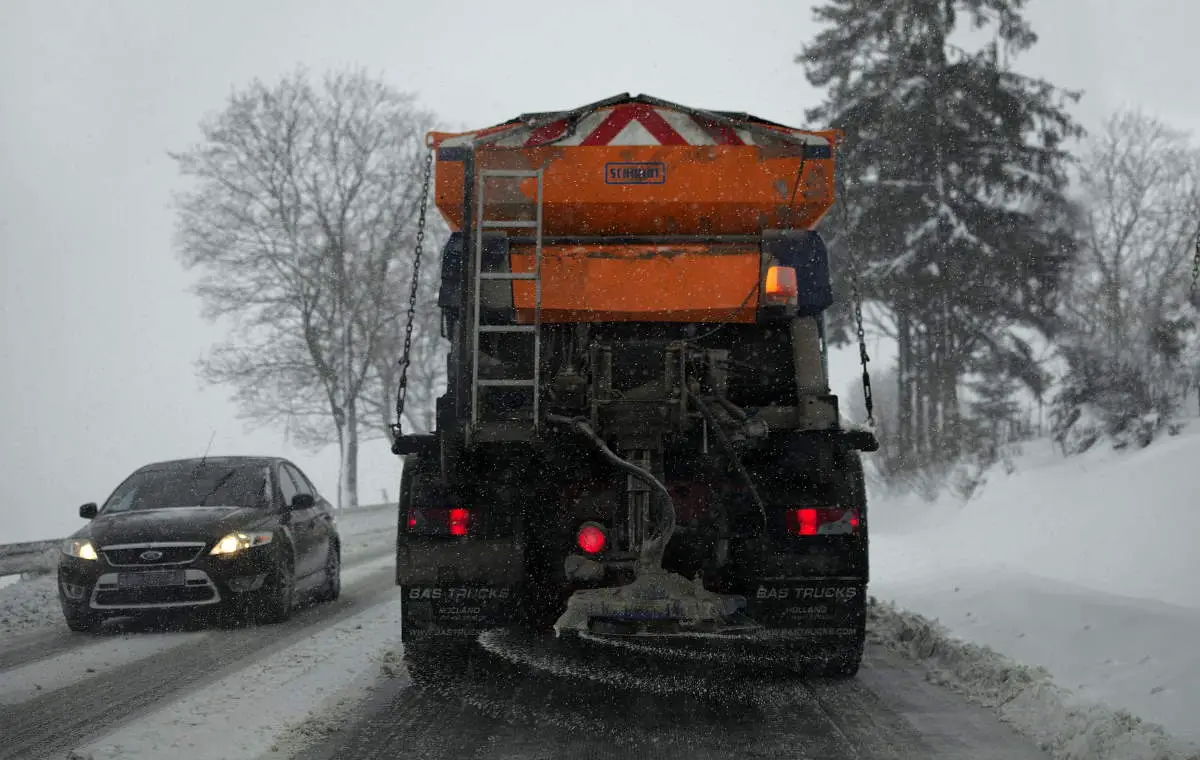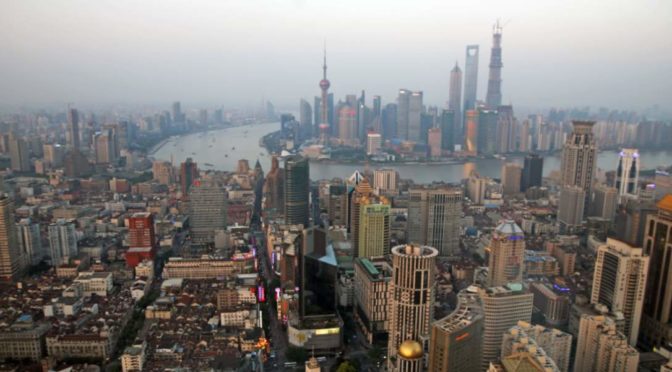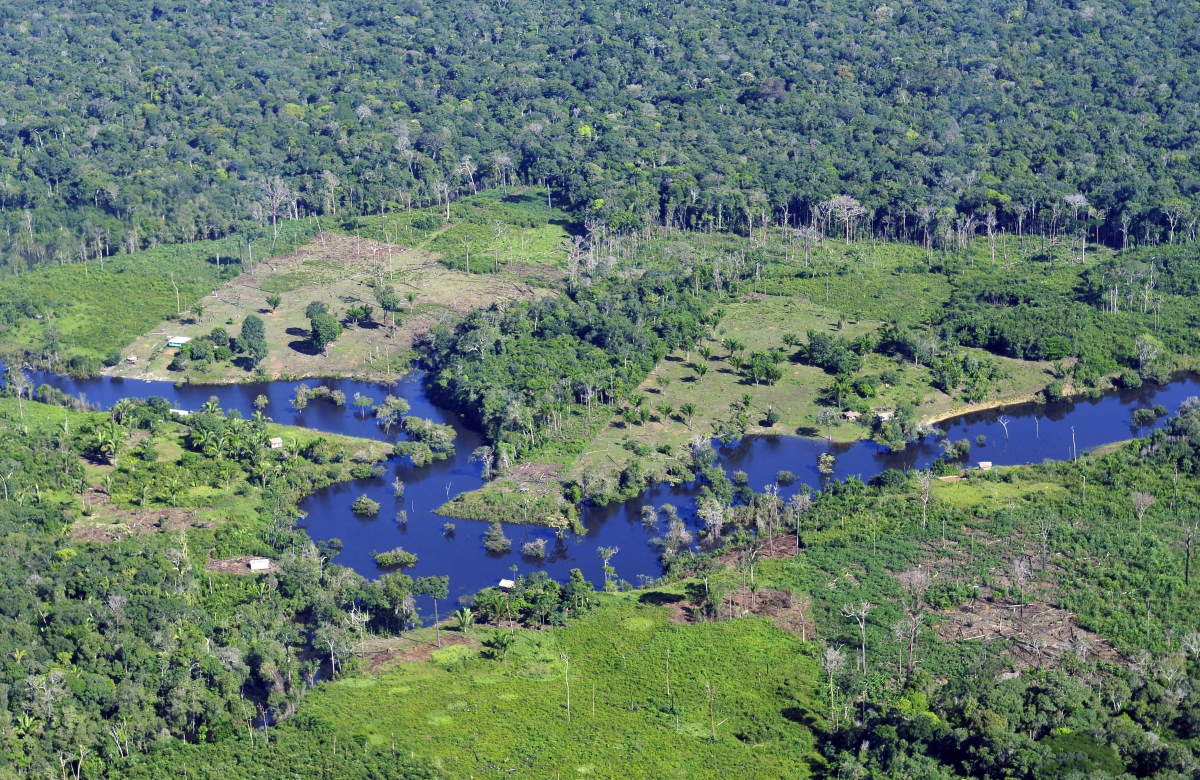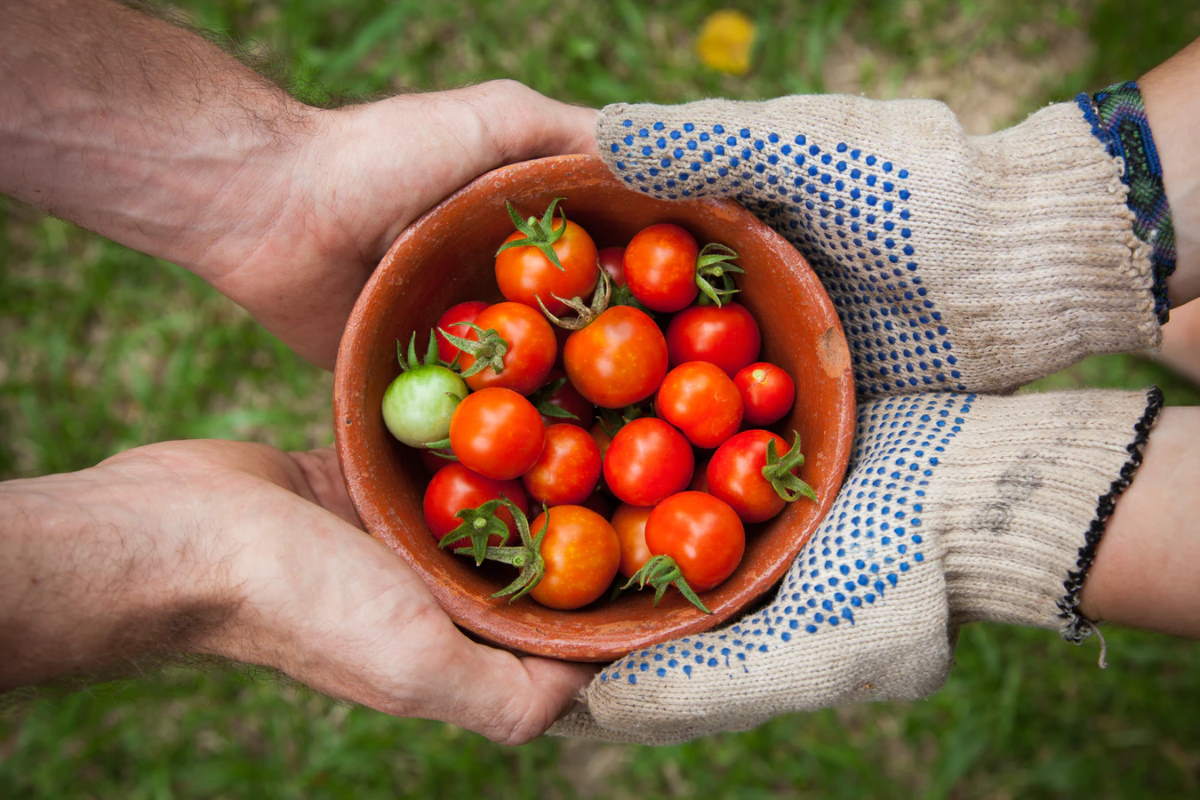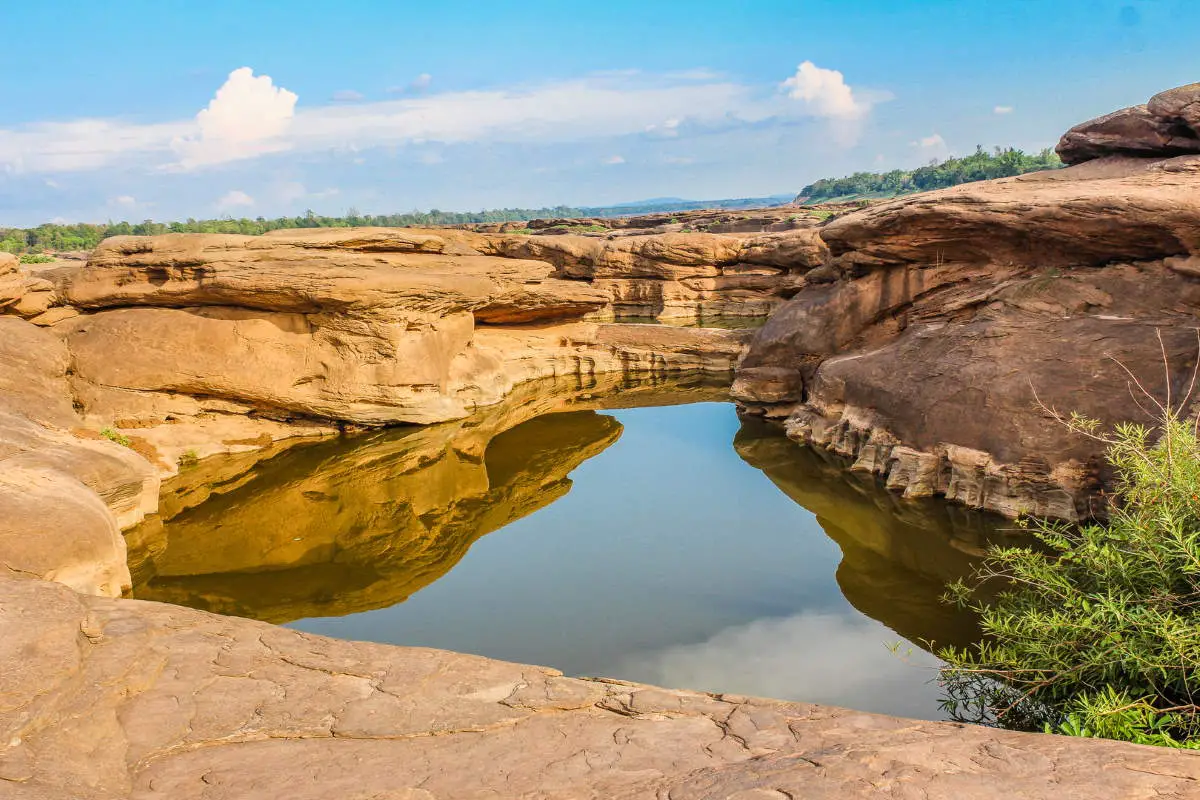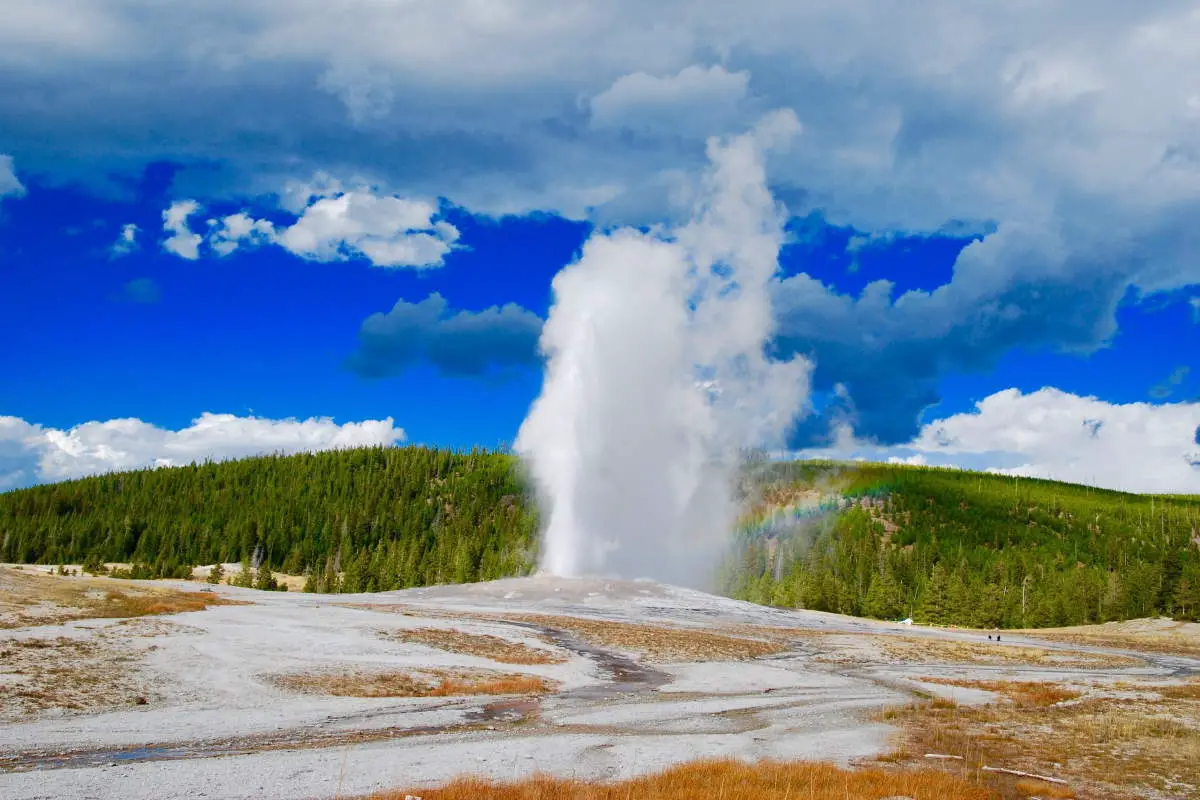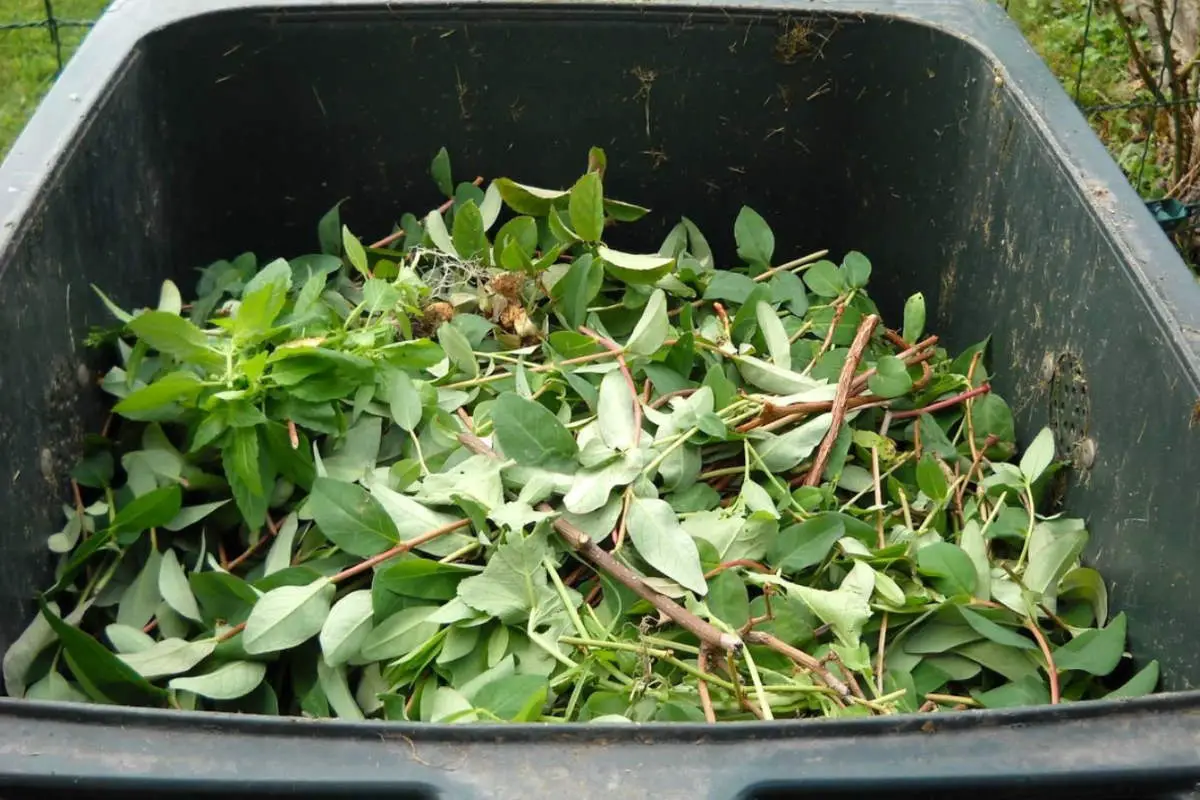In a world that is becoming increasingly aware of the effects of climate change, one sector of the community holds most of the cards – businesses. The top fifteen U.S. food and beverage companies alone generate more greenhouse gases every year than the entire continent of Australia. Change at this level can make waves, yet business owners may not know how to start on the path toward a sustainable and eco-friendly future.

